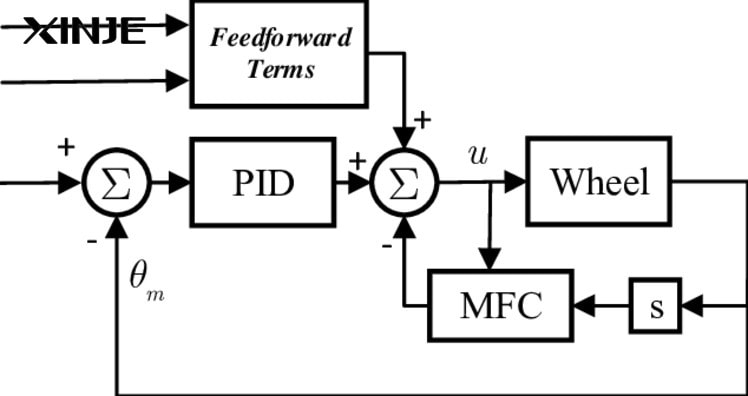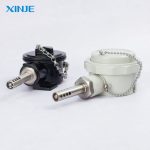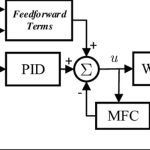Acceleration Feedforward (AFF) is an advanced control technique integrated into many modern servo systems to increase response speed and reduce position errors. Understanding the operating mechanism and benefits of AFF will help engineers optimize operating performance in high-speed, high-load, or precision-demanding applications.
What is Acceleration Feedforward?
Acceleration Feedforward is a control technique in servo systems that helps predict and compensate for inertial forces when a moving object accelerates or decelerates. Instead of relying solely on feedback signals from the encoder to correct position errors, AFF adds an active control signal, calculated based on a preset acceleration command.
In other words, the system does not wait for a position error to react, but will proactively generate the appropriate thrust as soon as the movement begins – helping the motor respond faster, smoother and more accurately.
How does Acceleration Feedforward relate to the Servo System?
Acceleration Feedforward (AFF) is part of the control algorithm of the servo system – the system that precisely controls the position, speed and torque of the motor.
In a standard servo system, the control loop usually consists of:
- Position Loop
- Velocity Loop
- Current Loop
However, when relying solely on feedback to correct errors, the system may experience delays, slight oscillations, or deviations from the initial position, especially when the load is heavy or moving quickly.
At this point, Acceleration Feedforward is introduced as a control branch in parallel with the feedback loops, to compensate the torque directly based on the preset acceleration signal.
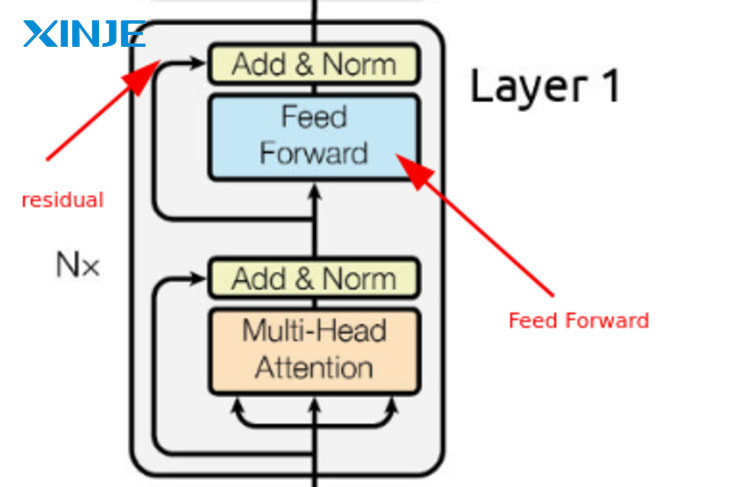

When to use Acceleration Feedforward?
Acceleration Feedforward (AFF) is one of the advanced tuning tools that helps improve the performance of servo systems – especially in situations that require fast response, precise motion and effective load control.
Not all systems require AFF, but in the following cases, enabling and optimizing this function will make a noticeable difference in the quality of motion and system stability.
- When the system is heavily loaded, high inertia: In machines with heavy slides, long shafts or large rotating mechanisms, inertia forces will cause the motor to respond slowly when starting to move.
- When fast movement, precise stopping: AFF is useful in high-speed applications such as pick & place robots, filling, or fast packaging – where the motor must accelerate and stop quickly in a short time.
- When position deviation occurs at start: A common situation is that the motor shaft “kicks back” or “lags slightly” when starting to run – because the PID feedback does not have time to process. AFF compensates force before errors occur, helping the motor to start moving smoothly and accurately, limiting the phenomenon of early travel delay.
- When the system fluctuates during the acceleration/deceleration phase: If the system vibrates slightly or makes a “groaning” sound when accelerating or stopping, it may be due to a lack of compensation force suitable for the required acceleration.
At that time, AFF plays a role in supplementing the necessary force at the right time, helping to reduce mechanical vibration and increase the life of the equipment.
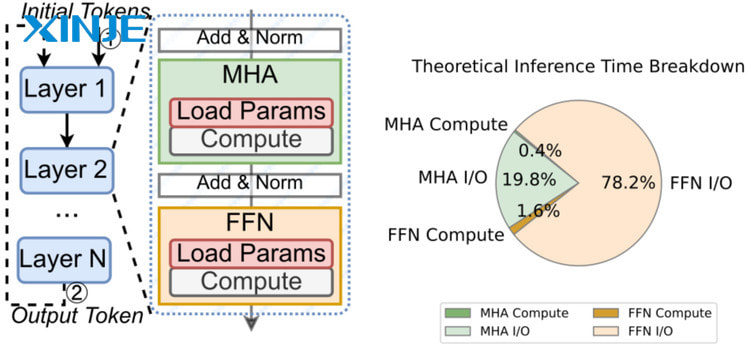

What are the benefits of Acceleration Feedforward for businesses?
After understanding the role and operation of Acceleration Feedforward in servo systems, the question arises: What specific value does the addition of this algorithm bring to the motion control process? Below are the outstanding benefits that AFF brings to both design engineers and actual operators.
- Increased response when accelerating/decelerating: AFF helps the motor react faster to sudden changes in speed, especially during the starting or stopping phase. This helps the servo system follow the control trajectory more closely, without delaying the command.
- Reduce position error when starting movement: Instead of waiting for errors to appear and then adjusting (feedback), AFF proactively compensates force from the beginning. Thanks to that, the motor reaches the target position faster and more accurately, limiting deviation from the origin point.
- Increased smoothness of operation: The addition of appropriate torque during the acceleration phase results in smooth, stable motion – especially important for applications requiring high precision and low mechanical vibration.
- Reduced vibration, limited mechanical wear: Thanks to better control of acceleration, the system operates smoothly, reducing shock loads and limiting shock – thereby extending the life of the actuator and reducing maintenance costs.
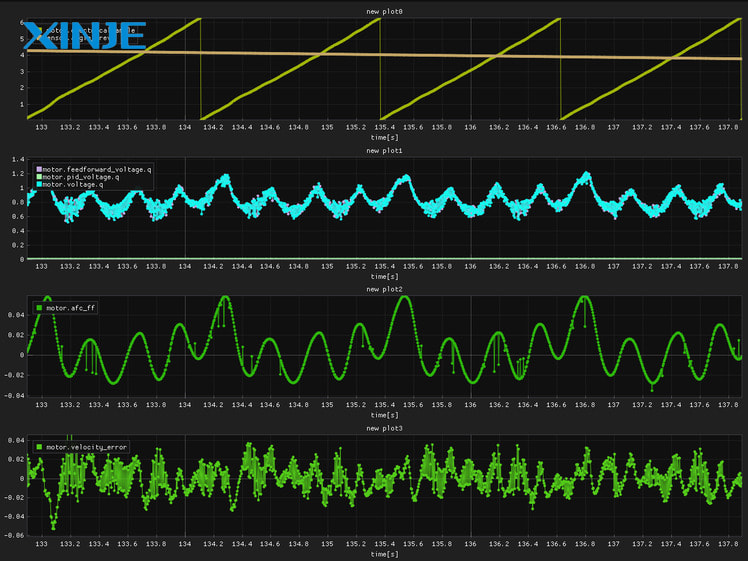

Conclusion
Acceleration Feedforward is a key component in the advanced control strategy of modern servo systems. By predicting and compensating torque based on preset acceleration, AFF improves accuracy, shortens response time and increases smoothness of operation.
In the context of increasingly demanding automation lines with high speeds, heavy loads and absolute precision – properly setting and effectively exploiting Acceleration Feedforward not only optimizes performance, but also contributes to extending the system’s life and minimizing technical errors in actual operation.

